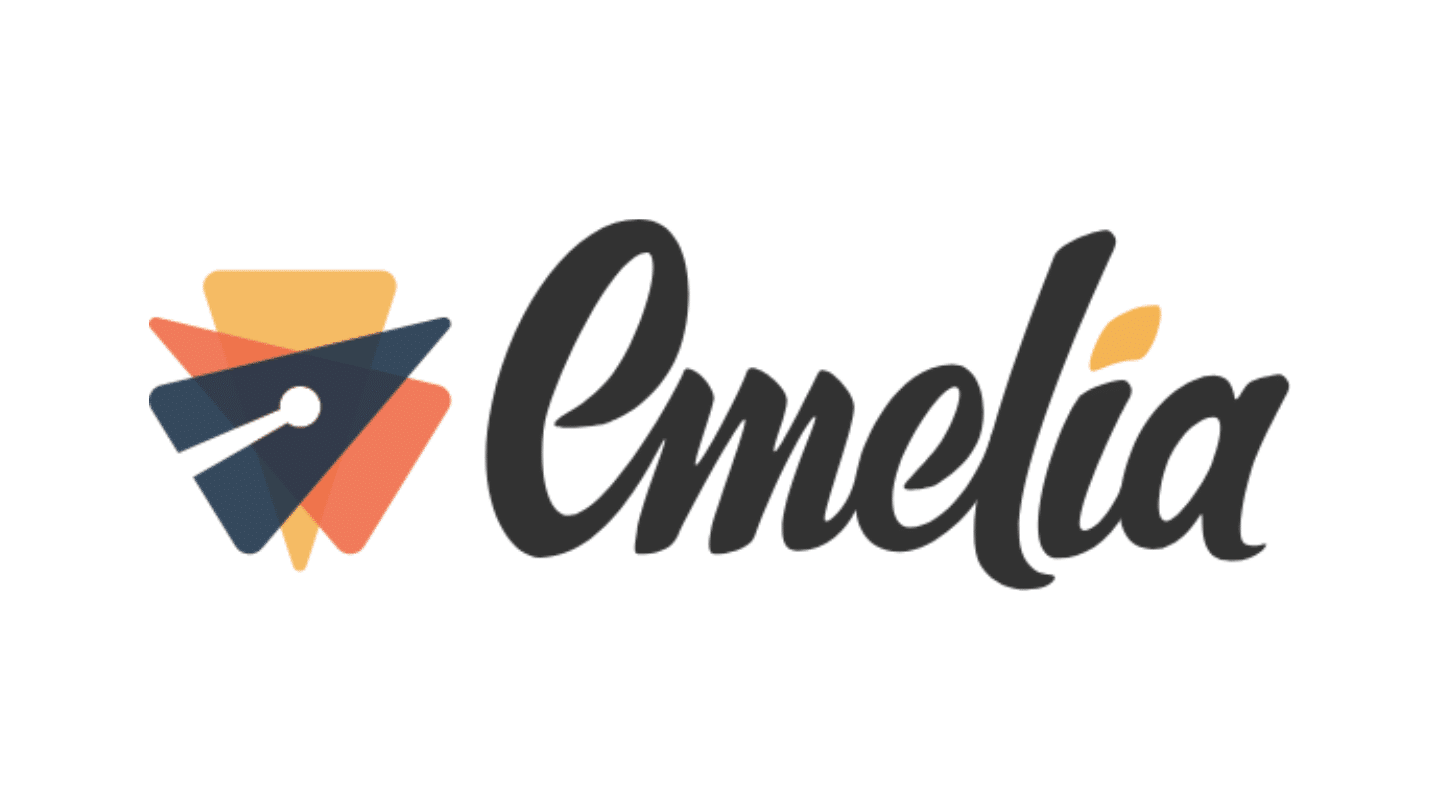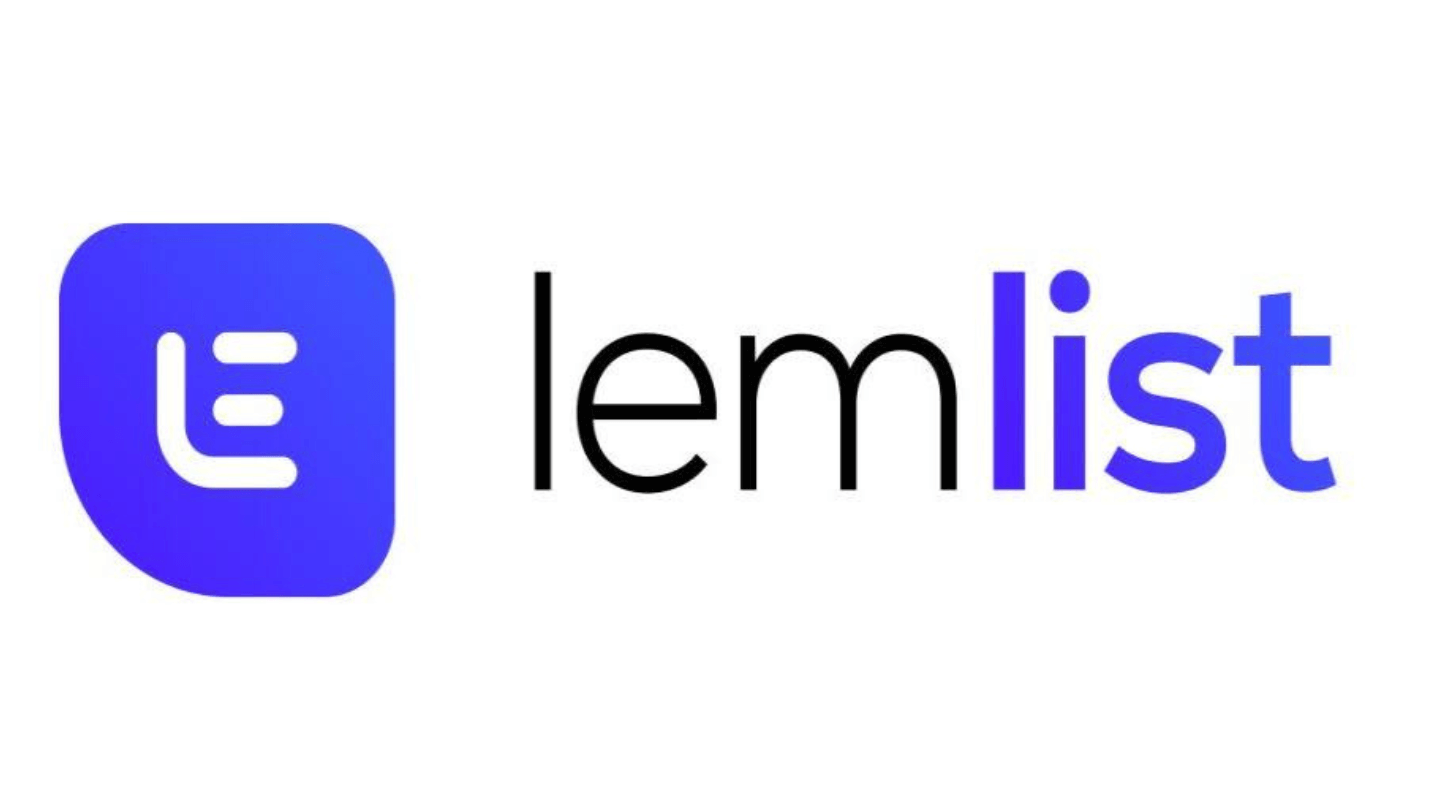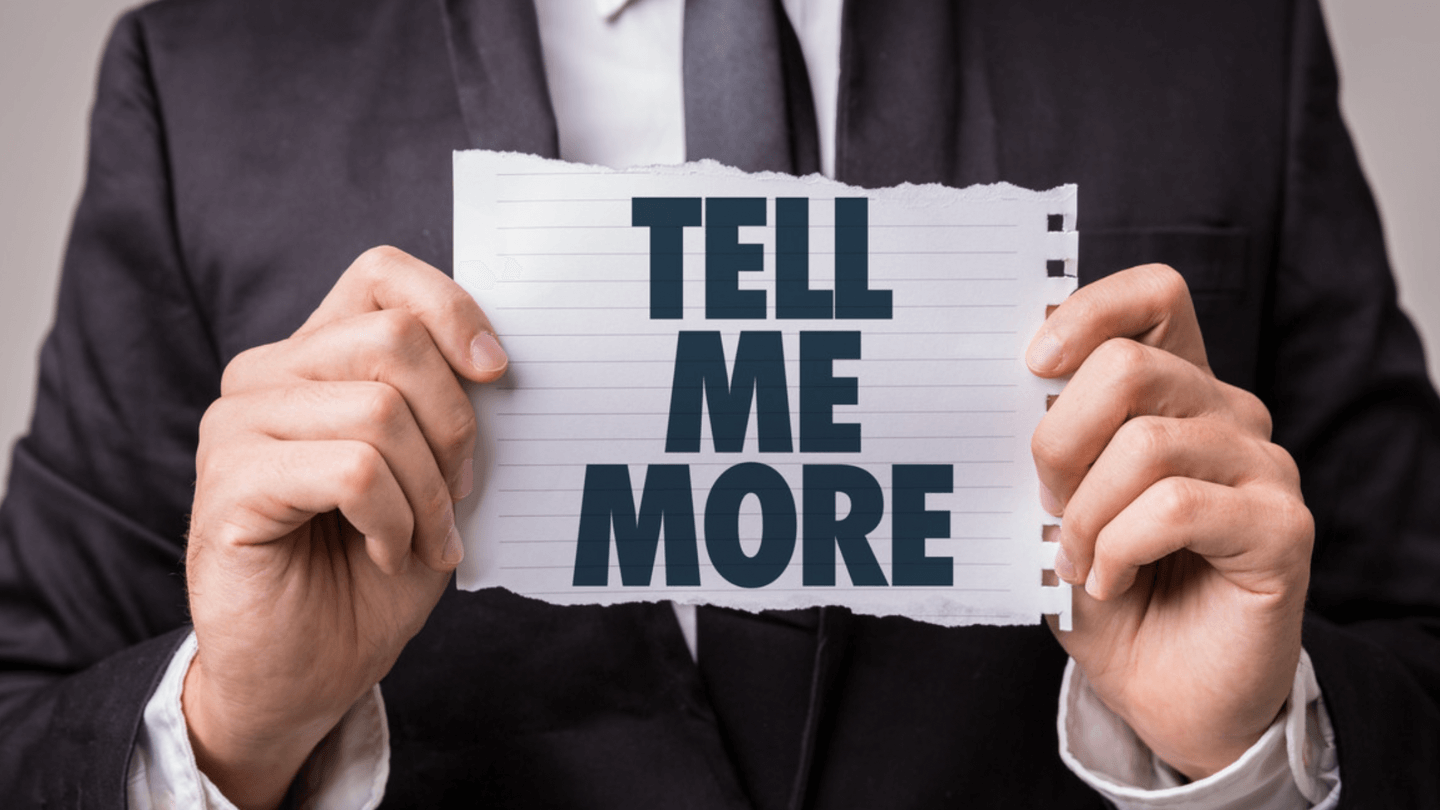I’ll be blunt: we’ve all been there. You spend an hour fine-tuning the perfect cold email for THAT high-value prospect you’ve been chasing for weeks. You hit “Send,” convinced this time will be different.
And then… radio silence. Days pass, and still nothing in your inbox.
This is where your secret weapon comes in: the follow-up email. When done right, it’s a game-changer. When done wrong, it’s a surefire way to be ignored (hint: don’t just say, “Did you receive my email?”).
In this article, I’ll break down the mechanics of an effective cold email follow-up and share my proven strategy to turn silent prospects into engaged conversations.
Sommaire
The 5 Fundamentals of a High-Converting Cold Email Follow-Up
Writing follow-up emails is like cooking: success depends on the right ingredients. Here are the five key elements of an effective follow-up:
#1 Context is Everything
This is the foundation of a great follow-up. Your prospects receive a flood of emails (an average of 121 business emails daily!). So, a vague “Just following up” won’t cut it. Instead, quickly remind them who you are and why you’re reaching out.
#2 Get Straight to the Point
No fluff, no filler. Your follow-up email should immediately grab attention. Within three seconds, your prospect should know exactly why you’re contacting them. Try something like: “Following up on [specific context], I wanted to [specific objective].” Simple, direct, and effective.
#3 Always Add Value
Each follow-up should offer something new: an insightful article, a relevant case study, a special offer… Give your prospect a compelling reason to respond.
#4 Nail the Right Tone
Avoid stiff corporate language, but don’t be overly casual either. Aim for a friendly yet professional tone—one that positions you as an expert while staying approachable.
#5 A Clear CTA (Just One)
This is the moment of truth: what action do you want your prospect to take? Schedule a call? Try your product? Connect you with a decision-maker? Keep it focused—one clear call to action is all you need.
Pro TipDon’t overdo your follow-ups. The golden rule? Stick to 4-5 follow-ups max. Beyond that, you risk annoying your prospect rather than winning them over.
20 Attention-Grabbing Cold Email Follow-Up Openers
Your opening line makes or breaks your email. Why? Because your prospect’s inbox is flooded with generic follow-ups like “Just checking in” or “Any thoughts?”—which often get ignored.
Here are 20 effective follow-up openers for B2B outreach:
- “I’ve been thinking about our last conversation and…”
- “I just came across this article/study that I think you’ll find valuable…”
- “80% of our clients face the same challenge you mentioned:…”
- “I know your time is valuable, so I’ll get straight to the point…”
- “I’m sure you’re busy, but I wanted to quickly follow up on…”
- “Last time we spoke, you mentioned that…”
- “I had an idea that could significantly improve how you…”
- “Quick update regarding your project on…”
- “I know [specific topic] is a priority for you…”
- “Many of our clients ask us about [specific challenge], and I thought this might interest you…”
- “I wanted to share some recent insights on…”
- “Since our last conversation, I’ve been thinking about your challenge with…”
- “Your competitor [name] just implemented an approach that…”
- “I have a concrete proposal to optimize your…”
- “I spotted an interesting opportunity in your industry…”
- “I just found a solution that could help with your [specific issue]…”
- “After reviewing your [process/tool], I see an opportunity to improve…”
- “If you’re like most of our clients, you’re probably looking to…”
- “Quick question for you…”
- “I was checking out [prospect’s company] website and noticed…”
Pro TipThe best follow-up isn’t just well-worded—it’s well-timed. Instead of testing dozens of variations, focus on timing. A follow-up tied to a recent company milestone (funding round, leadership change, new product launch) will always be more effective than a generic message sent at the wrong moment. Keep an eye on industry news and leverage it to make your follow-ups timely and relevant.
5 Effective Approaches for Your Cold Email Follow-Ups
Regardless of the situation, there are always multiple ways to craft a follow-up email. I’ve selected five highly effective approaches—each with its own strengths. But if I had to pick a favorite, it would be the first one.
#1 The “Poke”
This is my go-to follow-up method.
I use it all the time—and for good reason.
It’s incredibly simple, and more often than not, it outperforms all the other approaches on this list. It works similarly to a LinkedIn connection request without a message.
If the context is clear and strong, adding a message makes sense. If not, sometimes it’s better to let the recipient create their own reasoning for engaging with you.
I’ve built the habit of scheduling these follow-ups for important threads directly in my GSuite. Instead of leaving emails unread and cluttering my inbox, I automate two follow-ups—one on Day +7 and another on Day +28.
Hello Cédric, just following up.
Thanks,
Or an even more direct version:
Hello Cédric, shall we go ahead?
Thanks,
#2 Use a (Real) Pretext
I frequently use this approach at Reviewflowz to increase sales engagement after a demo. With tools like PostHog, it’s easy to see when a prospect logs into the platform.
After the demo, I let them know I’ve set up a free trial account for them, which lasts 14 days. I also remind them that they can log in using a reset password.
In 80% of cases, they log in.
And when they do, I strike immediately:
Hello Gabrielle, I noticed you logged into the app today.
Were you looking for something specific? Can I help you?
Let me know if I can assist in any way.
Best,
More often than not, they have a real question. The second most common response? Something like, “I’ll discuss this with [colleague’s name] on Wednesday” or “I need to check with the support team, I’ll keep you posted.”
Either way, I’ve opened an email thread and initiated a conversation. From there, it either converts—or it doesn’t. But at least, we’re talking.
Going Further
#3 Is This Still Relevant?
No hidden agenda.
No artificial urgency—like pretending I’m about to “close your file.”
Just a simple, honest question:
Hi Renaud, is this still relevant for you?
If so, would you like to set up a time next week to discuss it? I’m available Tuesday afternoon & Wednesday morning.
Thanks,
And notice—no desperate plea for a response like “Reply with 1, 2, or 3.” As if taking two seconds to type a real answer was an unbearable burden.
In general, trying to minimize a prospect’s effort isn’t the best approach. The more you ask, the better—provided you give them a compelling reason to engage. Instead of focusing on reducing their effort, focus on maximizing the value they get from replying.
#4 The Existential Threat
In some cases, there’s a clear existential threat to the deal.
The classic example? “We’re evaluating two solutions: yours and competitor XYZ’s.”
If your discovery process was weak, you might not even know this. But if you did your homework and gathered this intel early, you can use it strategically—ideally not as your first follow-up, but as a second attempt to get back in the game.
Hello Christian, did you end up signing with XYZ?
Is there anything I can do to influence the decision?
Thanks,
It’s straightforward, and I stay fully transparent—yes, I’m trying to sell, no secret there. But that kind of authenticity tends to pay off.
The result? Either good news, bad news, or valuable insights for next time. And at the early stages, that’s pure gold.
#5 The “Breakup” Email—But Done Right
The traditional breakup email is a bad idea. The notion that you’d never want to talk to someone again just because they didn’t buy today is absurd.
When you gain more experience, you realize you’ll cross paths with the same people again—one way or another.
That said, if you want to gently push a deal toward closure, making your message feel a bit more final can work well.
Hello Gabrielle, it looks like this isn’t going to happen this time.
If you could share what influenced the decision, that would be really helpful for me and my team.
I’d really appreciate it.
Thanks a lot!
It’s a breakup email in the sense that I’m signaling I won’t keep following up.
But in reality, it’s the beginning of something new—an invitation to build a different kind of relationship, beyond just seller and buyer.
And it works. Just like the previous example, this kind of email almost always gets a reply.
10 Inspiring Cold Email Follow-Up Examples for Every Situation
Now you know how to structure an effective cold email follow-up and grab your prospect’s attention instantly. But theory is one thing—let’s dive into real-world examples.
Here are 10 follow-up email templates tailored for common cold email prospecting scenarios.
2 Follow-Up Email Examples After a Positive First Contact
#1 Trade Show Follow-Up Email Example
Example of a Follow-Up EmailSubject: [Event Name]: Shall we continue our discussion on [specific topic]?
Hi [First Name],
I wanted to follow up on our conversation at [Event Name] about your [specific challenge].
I’ve been thinking about what you mentioned regarding [specific point] and came up with an approach that worked really well for [similar client].
How about a quick 20-minute call so I can walk you through it? I’m available at [time options].
Best,
[Signature]
#2 Follow-Up Email Example After Interest Shown on a Call
Sample Follow-Up EmailSubject: Following Up on Our Call – Some Useful Resources on [Challenge]
Hi [First Name],
Just a quick follow-up on our chat yesterday about [topic].
You mentioned [specific challenge]—here are two resources I think you’ll find valuable:
- [Resource 1]: A case study on how [similar client] solved this exact issue
- [Resource 2]: A step-by-step guide to implementing the solution we discussed
Would you be open to a quick check-in next week to see how we can tailor this to your situation?
Best,
[Signature]
2 Follow-Up Email Examples to Re-Engage a Cold Prospect
#3 A Gentle Nudge After a Long Silence
Sample Follow-Up EmailSubject: [First Name], are we back on track?
Hi [First Name],
I noticed our discussion about [topic] has been on hold since [date].
Interestingly, I just saw that your competitor, [competitor’s name], has launched [similar initiative]. Maybe this is a good time to revisit the topic?
If you’re still interested, let’s do a quick update.
If it’s no longer a priority, feel free to let me know—I’d rather avoid spamming you! 😉
Best,
[Signature]
#4 A Follow-Up Email with a Touch of Humor
Example of a Follow-Up EmailSubject: The last one before I archive [Company Name]
Hello [First Name],
This is my final email before moving on.
I know that [problem] is still a challenge for you—I saw that you recently [news sign: new hire/funding round/new project].
If it’s no longer a priority or you’ve chosen another solution, no worries. Just drop me a quick line, and I’ll get out of your hair. 😉
If the timing just wasn’t right, let me know when it makes sense to reconnect.
Best,
[Signature]
Going Further
- Our review of the best cold email prospecting tools: La Growth Machine, Lemlist, Apollo.
- 70+ powerful email subject line examples & 6 psychological triggers.
- How to find anyone’s email address (for free)
2 Follow-Up Email Examples After Sending Information
#5 Following Up After Sending a Custom Quote
Sample Follow-Up EmailSubject: Quick thoughts on the [project] quote?
Hi [First Name],
Just checking in regarding the quote I sent yesterday for [specific project].
The section on [key aspect of the quote] is flexible—some of our clients have requested adjustments on this before.
Would you be open to a quick 15-minute call to refine it together? I’m available tomorrow at 11 AM or Friday at 2 PM.
Best,
[Signature]
#6 Following Up After a Product Demo That Sparked Interest
Sample Follow-Up EmailSubject: Next steps after the [product] demo?
Hi [First Name],
Here are a few key takeaways from our demo yesterday:
- The use case we discussed for [specific feature]: Here’s how [similar client] is leveraging it → [link]
- Your question about [technical point]: I checked with our team, and it’s possible via [solution]
- Bonus: A ready-made template to present the project internally → [link]
Shall we set up a call with [decision-maker mentioned] to discuss the next steps?
Best,
[Signature]
2 Follow-Up Emails When Your Contact Is Completely Unresponsive
#7 The “Last-Chance” Follow-Up
Sample Follow-Up EmailSubject: Should I move on to [competitor’s name]?
Hi [First Name],
After three months of radio silence, I’m guessing you may have signed with [competitor’s name].
If so, I’d really appreciate any quick feedback on what tipped the scales—it helps us continuously improve.
Either way, thanks for taking the time to chat with us!
Best,
[Signature]
#8 The “Last Dance” Follow-Up
Example of a Follow-Up EmailSubject: Do we touch base before I archive this?
Hi [First Name],
I see that there hasn’t been any movement on [project] since [date].
If you’ve gone with another solution or if priorities have shifted, I totally understand. A bit of feedback on what influenced your decision would be really helpful.
If this is still in the pipeline but just not the right time, let me know when I should check back.
In any case, I appreciate your time!
Best,
[Signature]
2 Follow-Up Email Examples to Restart a Sales Negotiation
#9 Breaking the Stalemate with a Small Concession
Sample Follow-Up EmailSubject: A Different Approach for [Project]
Hi [First Name],
I’ve been thinking about our deadlock on [specific point].
We recently deployed the same solution at [similar client] but with a slightly different approach:
- Two-phase setup instead of a full-scale rollout
- Flexible pricing based on actual usage
- A pilot project on a limited scope
Would you be open to discussing how we could adapt this approach to your needs?
Best,
[Signature]
While this example is software-focused, you can easily adapt it to other industries. For instance, in HR consulting:
Sample Follow-Up EmailSubject: A Tailored Approach for [HR Transformation Project]
Hi [First Name],
I’ve been reflecting on our conversation about your [management transformation] project and the roadblock around [specific point: e.g., implementation timeline].
We recently rolled out a similar program at [similar client] with a more flexible structure:
- Initial assessment and pilot team training over two months
- Customized support for different departments
- Test phase in one business unit before full-scale implementation
Would you like to explore how we can tailor this model to your organization?
Best,
[Signature]
#10 Overcoming Inertia with a “Pilot” Offer
Sample Follow-Up EmailSubject: A Step-by-Step Approach to Your [Project]
Hi [First Name],
How about testing the approach on a smaller scale?
Instead of a full-scale transformation, I propose a two-month pilot program with a test team:
- Intensive training for 10 key managers
- Hands-on workshops focused on three priority skills
- Impact measurement based on agreed HR KPIs
We can even include an adjustment clause if the key indicators (e.g., retention, engagement, performance) aren’t met.
This way, you can validate the impact before committing to a full rollout.
Shall we discuss it?
Best,
[Signature]
How to Customize These Templates with AI
Why Customization Is Key
Let’s be honest: even the best email templates aren’t plug-and-play. And that’s the challenge with every email template you find online.
Why? Because a high-performing cold email follow-up must be tailored to:
- Your industry
- Your target audience
- Your product or service
- The specific context of each prospect
This is where AI (ChatGPT, Claude, Gemini…) comes into play. These tools are incredibly powerful for adapting existing templates to your exact situation.
Here’s a simple three-step method:
- 1/ Pick the most relevant template. For example, use template #3 to re-engage a prospect after a long silence.
- 2/ Provide AI with detailed context. The more information you give, the more precise and effective the result.
Here’s an example prompt:
Adapt template #3 (below) for a follow-up in this context:
PROSPECT
- Marc Dupont, CIO at Technix Industries (800 employees, manufacturing)
- Key pain point: SAP migration ongoing until June
HISTORY
– Demo of our predictive solution on 01/15
– His main interest: projected ROI of $250K/year
CURRENT EVENTS
– New facility opening in September
– 2024 goal: reduce machine downtime by 30%
TONE
– Industry 4.0 expert, performance-driven
- 3/ Refine and personalize. AI-generated text provides a great starting point, but the real difference between a “good” follow-up email and a high-converting one is the human touch. Always review and tweak the output before sending.
A Concrete Example
Let’s take a real-world case to see AI in action. We’ll adapt template #5 (the post-quote follow-up) for a digital marketing scenario.
Here’s the AI prompt:
Adapt template #5 (below) for a follow-up in this context:
PROSPECT
- Julie Martin, CMO at Digital Retail (fashion e-commerce, $50M revenue)
- Key pain point: struggling with customer acquisition vs. competitors
HISTORY
– Proposal sent on 02/05 for acquisition strategy overhaul
– Her interest: our data-driven methodology
CURRENT EVENTS
– Currently raising a new funding round
– H2 2024 goal: double marketing ROI
TONE
– Growth marketing expert, focused on performance & scalability
And here’s the AI-generated result:
Sample Follow-Up EmailSubject: Quick thoughts on the acquisition proposal?
Hi Julie,
Following up on our proposal for your acquisition strategy revamp.
I know you were particularly interested in our data-driven approach, so I wanted to share an insight: one of our e-commerce clients recently increased their ROAS from 2.1 to 3.4 in just three months using this methodology.
Would you be open to a quick 15-minute call to explore how we can tailor this to Digital Retail? I’m available tomorrow at 11 AM or Friday at 2 PM.
Best,
[Signature]
Final Tip: Automate Your Cold Email Follow-Ups
My AdviceTo maximize your follow-up efficiency, nothing beats cold email automation software. At Salesdorado, we consistently use and recommend Woodpecker, by far the best in this space.






